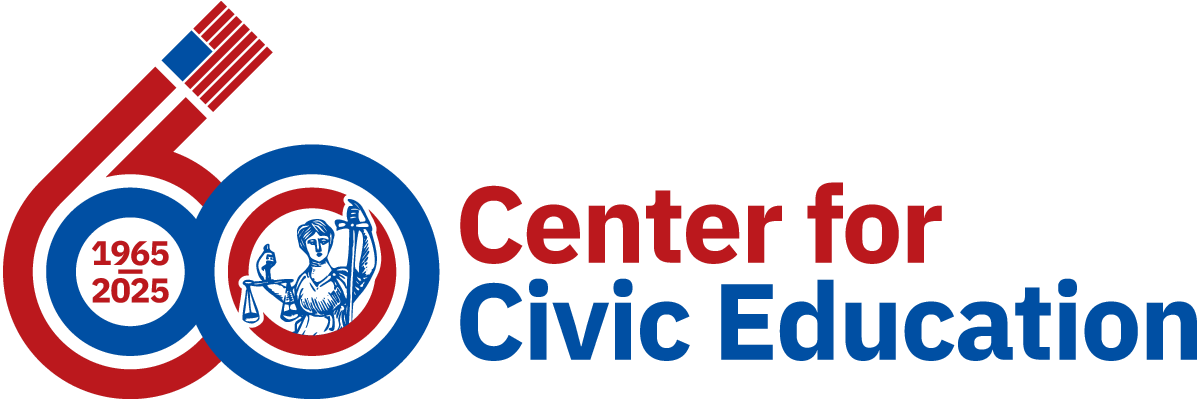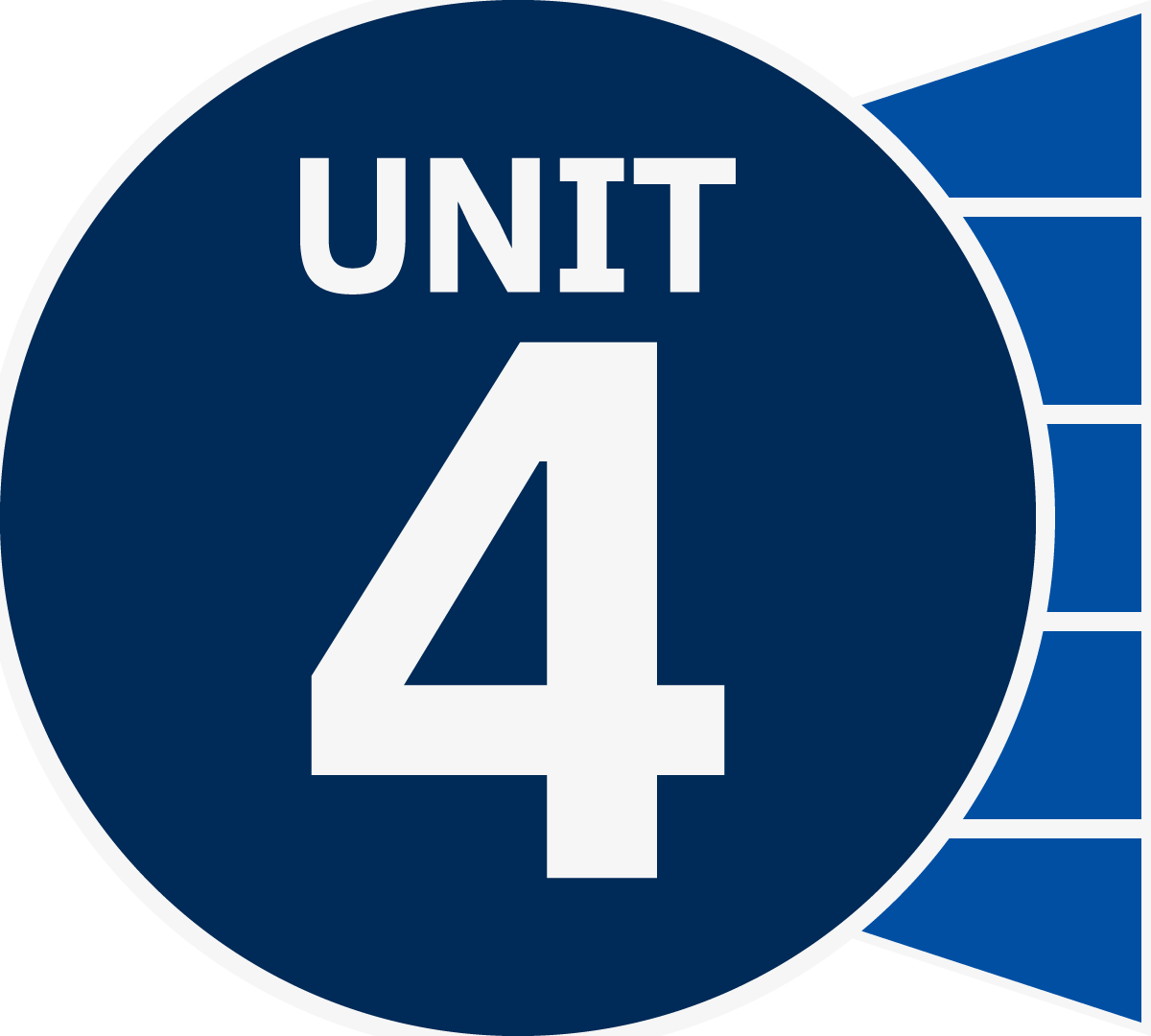Inquiry Companion: Unit 4
Unit 4 challenges students to investigate both the genius and the missed opportunities in the system of checks and balances and division of power. Our Inquiry Companion Guide activities for Unit 4 facilitate student participation in inquiry-based civics learning for each strategy.
Students engage by creating a Venn diagram of the division of power between the federal government and state governments as well as explore the role federalism plays in their lives today. They will explain the division of powers as illustrated in Marbury v Madison by participating in a Paideia Seminar. Students then elaborate on their knowledge of judicial review through a democratic experience simulation. Finally, students will evaluate their understanding of constitutional principles by creating an infographic.
Best practices for culturally responsive teaching weave through each activity.
Inquiry Guide Activity
- Unit 4, Lesson 26: How Does American Federalism Work?
- Unit 4, Lesson 21: How Does the U.S. Supreme Court Use the Power of Judicial Review?
- Attentiveness to political matters
- Listening
- Primary-source analysis
- Reading
- Self-awareness
- Self-management
- Speaking
- Assess how power is divided between the national and state governments by reading and analyzing McCulloch v. Maryland and the Constitution through participation in a civil dialogue model.
- Does the national government hold too much power?
- enumerated powers Those rights and responsibilities of the U.S. government specifically provided for and listed in the Constitution.
- federalism A form of government in which power is divided and shared between a central government and state and local governments.
- implied power A power that is reasonably necessary and appropriate to carry out the purposes of a power expressly granted.
- judicial review The power of the courts to declare laws and actions of the local, state, or national government invalid if they contradict the Constitution.
- national bank A bank operating under federal charter and supervision.
- reserved powers Powers that are not expressly delegated to the federal government nor expressly prohibited to the states and are therefore left to the states under the 10th Amendment to the U.S. Constitution.
McCulloch v. Maryland, 1819, is one of the most critical U.S. Supreme Court decisions regarding federal power. In its unanimous decision in 1819, the Court established that Congress had implied constitutional power to create a national bank and that individual states could not tax a federally chartered bank. The decision went on to state that Congress was authorized to pass laws “necessary and proper” to carry out its duties.
Even after the Constitutional Convention and the ratification of the new governmental framework for our nation, controversy still lingered. People questioned how strong the national government should be and how much power should be granted to the states. Our first secretary of the Treasury, Alexander Hamilton, argued a national bank was necessary to fund national infrastructure projects. The first Bank of the United States was created in 1791 by President George Washington.
The second Bank of the United States was created in 1816 with branches in a number of cities, including Baltimore, Maryland. In 1818, a bill taxing out-of-state banks operating in the state was passed by Maryland’s legislature. It specifically targeted the Bank of the United States as it was the only out-of-state bank operating in Maryland. James W. McCulloch, the Baltimore branch’s head cashier, refused to pay $15,000 in owed taxes on the grounds that the state legislature did not have the right to tax a federally chartered bank. Maryland state courts sided with the legislators when Maryland’s leaders sued McCulloch.
The case was appealed to the U.S. Supreme Court, where the Justices ruled in favor of Congress. Chief Justice John Marshall wrote that states lacked the authority to tax a federally chartered institution and that Congress had the right to establish a bank under the Constitution’s “necessary and proper” clause of the U.S. Constitution.
Additional resources for teacher background:
- The Implied Powers: The Power of the Congress, Part 5 (Video)
- McCulloch v. Maryland | Oyez
- McCulloch v. Maryland [SCOTUSbrief] (Video)
Teachers should preview all student materials and resources prior to the lesson.
Part 1
- Welcome students to social studies.
- Introduce the inquiry question: “Does the national government hold too much power?”
- Allow students time to make a prediction about the inquiry question as well as offer their own supporting questions.
- Tell students that today we will investigate the impact of constitutional principles on decision making in government.
- Using the We the People textbook (Level 3, Unit 4, Lesson 26 or Level 2, Unit 4, Lesson 21), review how the federal system is established by the Constitution using Article I, Section 8, and Article VI. Review the 10th Amendment and ensure students understand the vocabulary included.
- Have students take notes and/or annotate their copies of the Constitution.
Part 2
- Using your routine strategy for setting up groups, divide the class into six collaborative groups of approximately three to four student members. Each group will be assigned one of the six sections of the text.
- Distribute copies of the text using McCulloch v. Maryland [Version 1 for Emerging Readers] or McCulloch v. Maryland [Version 2 for Advanced Readers].
- Distribute copies of the Paideia Seminar Civil Dialogue Organizer to facilitate goal setting and reflection.
- Follow the procedures outlined in the Paideia Seminar Plan to facilitate the discussion.













